Access to books (textbooks, teacher’s guides, and materials for reading practice) is key to addressing learning poverty. Children need to be exposed to sufficient and appropriate text, and they need to be afforded the time and opportunity to practice reading in school and at home. Appropriate design of reading books will facilitate learning, support instruction, and promote independent learning.
Search the site
Education projects funded by The World Bank procure textbooks and other teaching and learning materials through national and international tenders (bids). Documents for the tenders describe the purposes of the procurement, the qualification requirements for potential bidders, and the technical specifications of the education materials to be procured.
The World Bank’s Read@Home initiative is an unprecedented effort to get reading, learning, and play materials into homes to address the learning loss caused by the COVID-19 pandemic and widespread, pre-existing "learning poverty". Connected to the distribution and use of these materials is the question of copyright.
This Guidance Note was created for the Read@Home project to help writers, illustrators, and designers create books for young children to share with their families at home. Of course, such books may be used in schools as well. In either case, these will be enjoyable books that children will want to read, so they will learn to love reading and develop the life-long habit of reading.
The Incoterms rules have become an essential part of the daily language of trade.
Low-cost, high-quality printing of teaching and learning materials (TLM) requires well-designed and highly competitive procurement. Since 2010, Mozambique has implemented a range of measures to reduce costs over time, making its printing procurement possibly the most competitive in Africa. As a result, printed pages purchased by Mozambique cost less than half of those purchased across the channel in Madagascar.
This report is a brief introduction to the Republic of the Marshall Islands Book Supply Chain, focusing for practical reasons on the National capital, Majuro. The initiative began through the lens of human rights and particularly a child’s right to literacy in a language they understand. It was sparked by the lack of children’s books in the Marshall Islands.


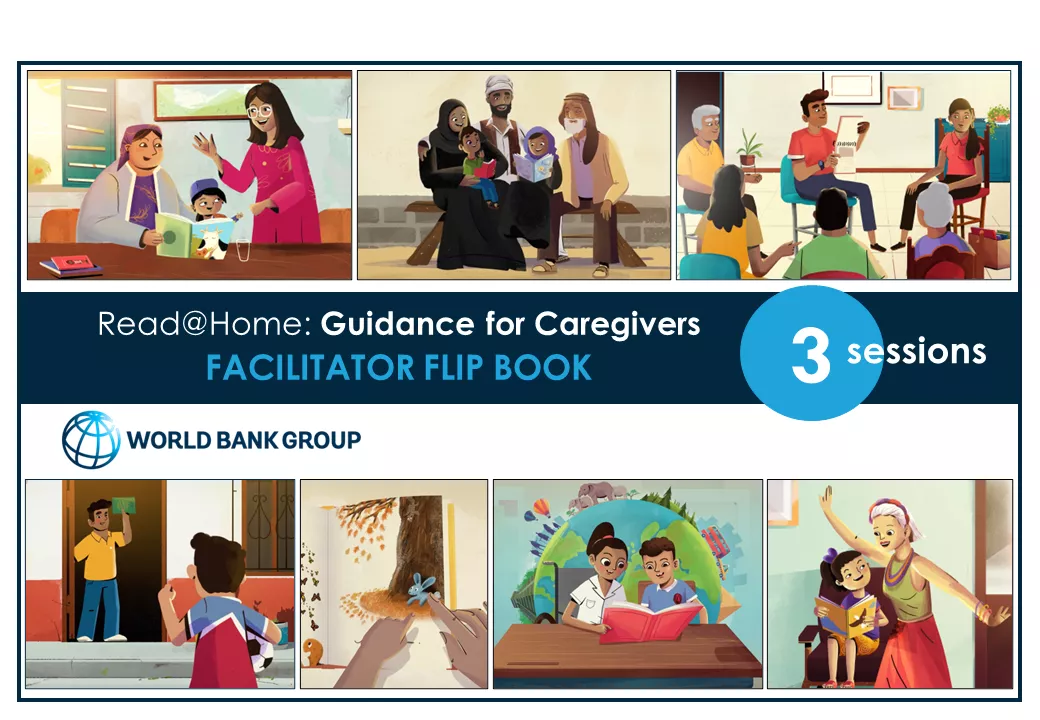



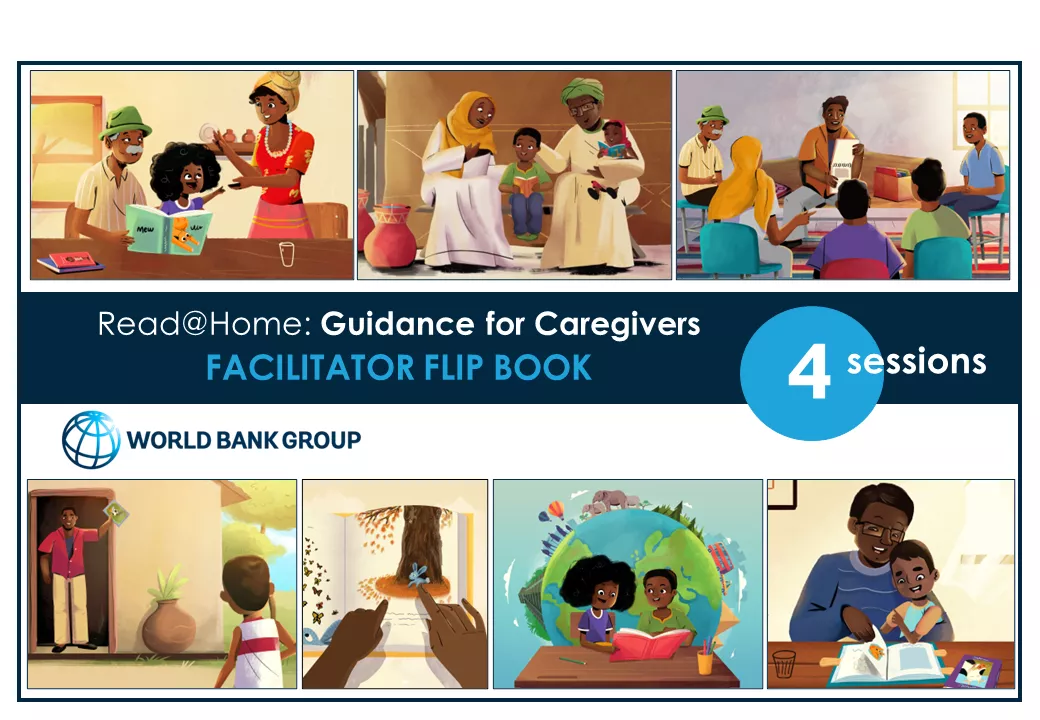

This flip book is designed to be used over three meetings with caregivers, with content divided into four sessions.
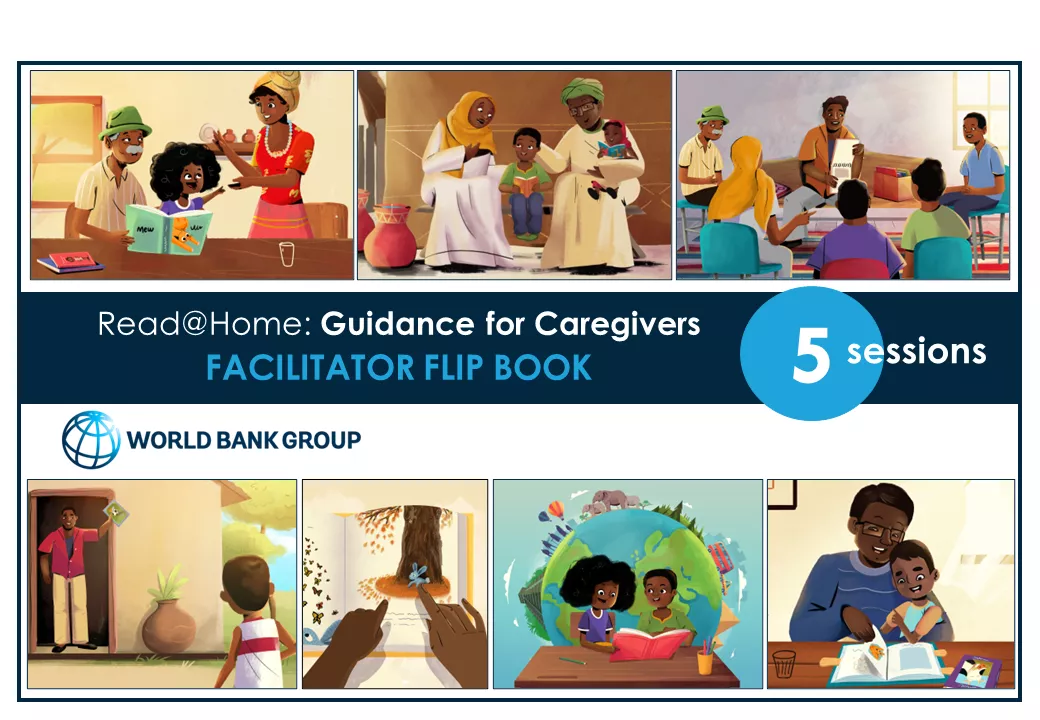

This flip book is designed to be used over three meetings with caregivers, with content divided into five sessions.


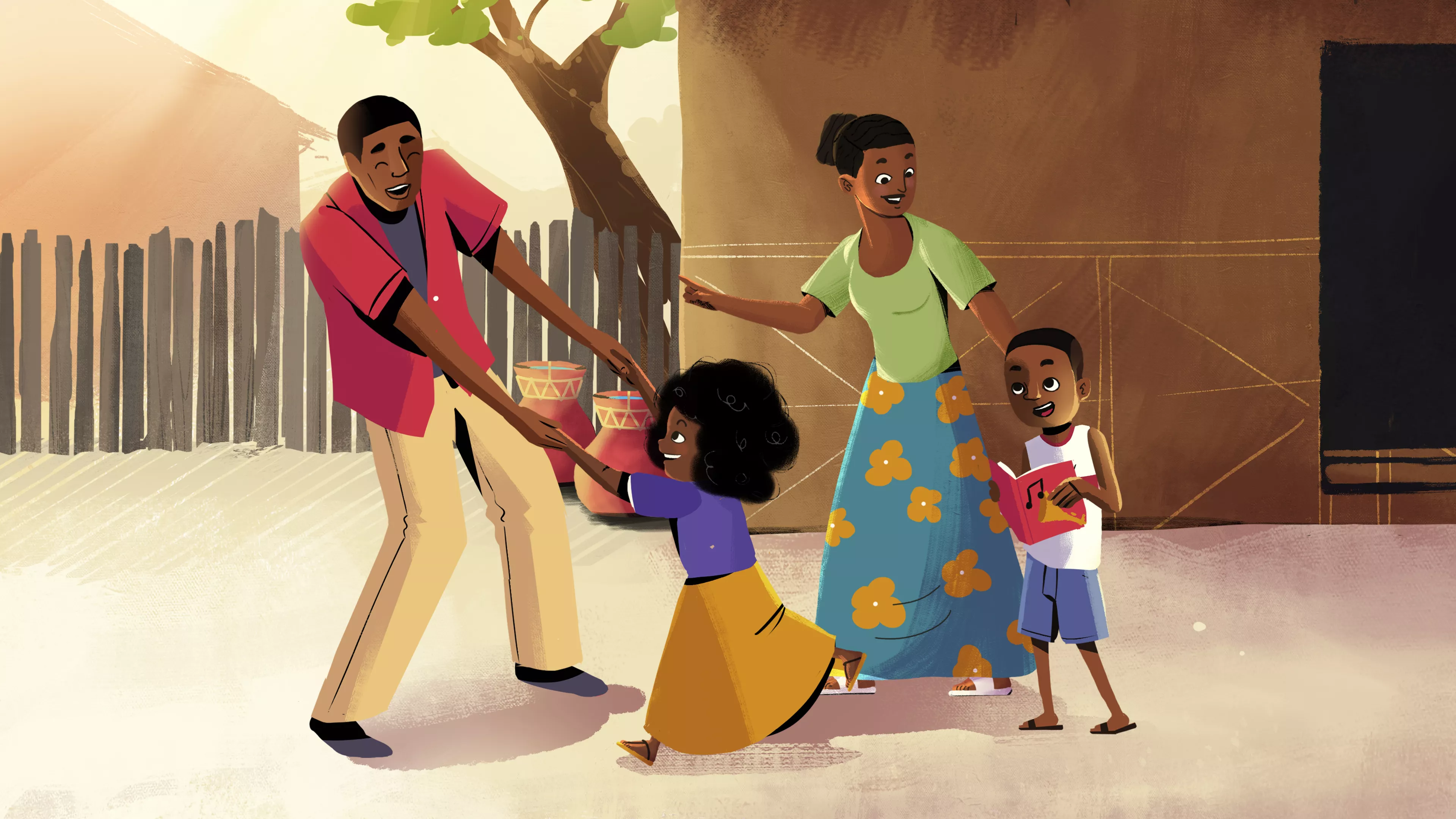

This animation introduces the importance of caregiver involvement in reading activities, and the benefits of books and reading for children’s development and learning.
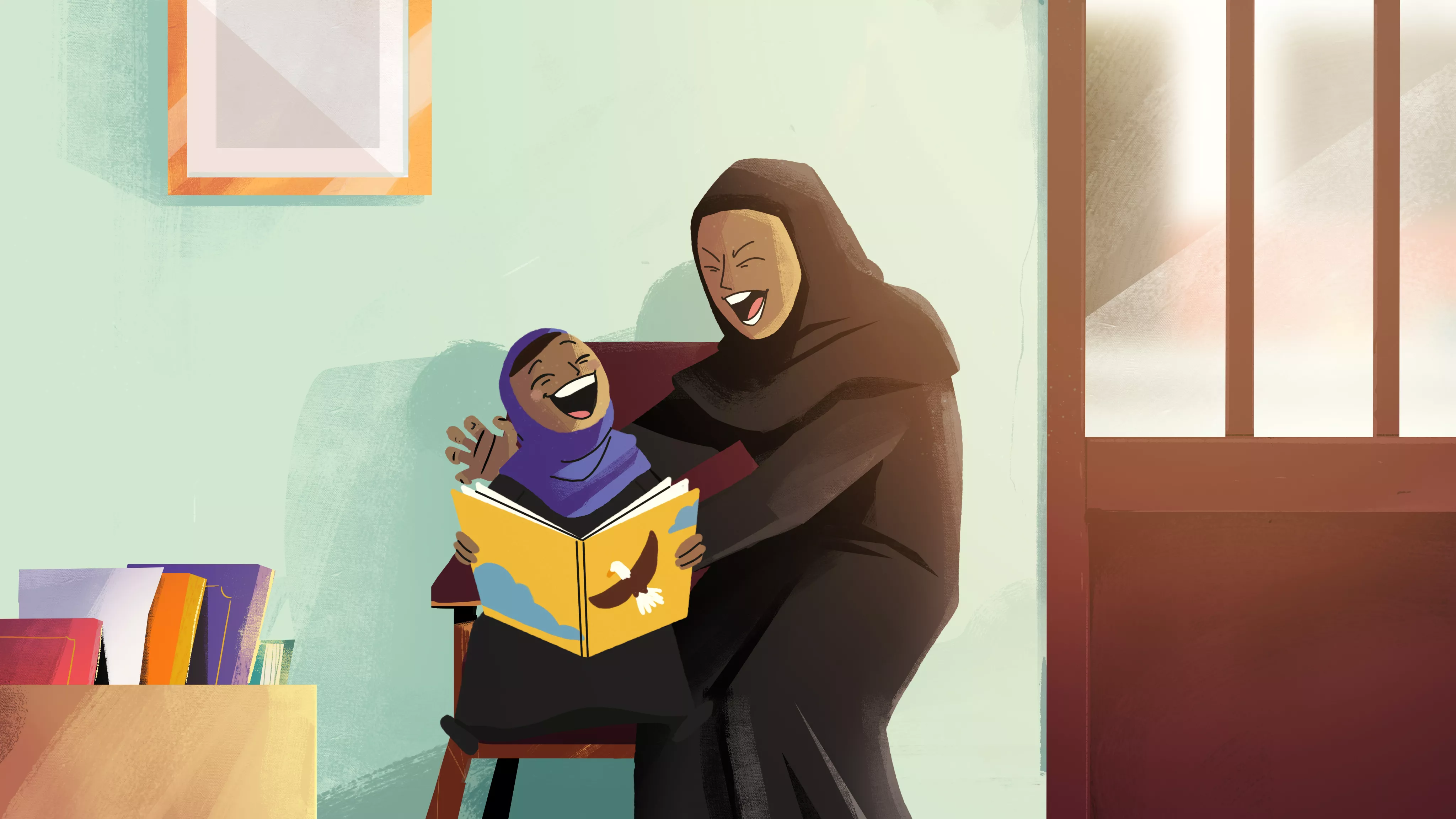

This animation introduces the importance of caregiver involvement in reading activities, and the benefits of books and reading for children’s development and learning.


This demonstration video provides examples of the following parent engagement techniques and activities:


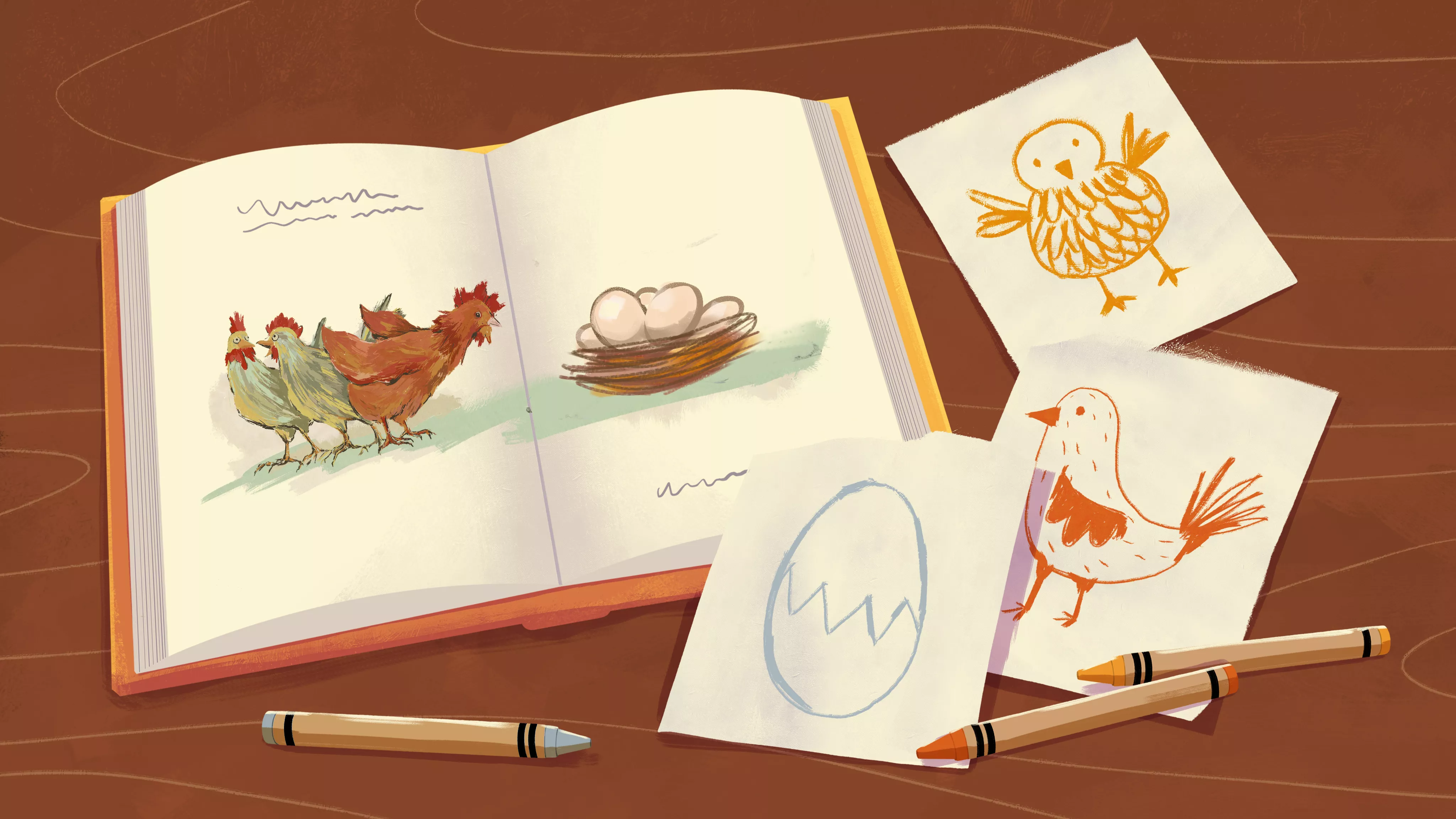

This Guide to Open Licensing in World Bank Projects provides an explanation of open licensing and how to use it in World Bank and other development projects to increase access to high-quality teaching and learning materials, including textbooks and storybooks.


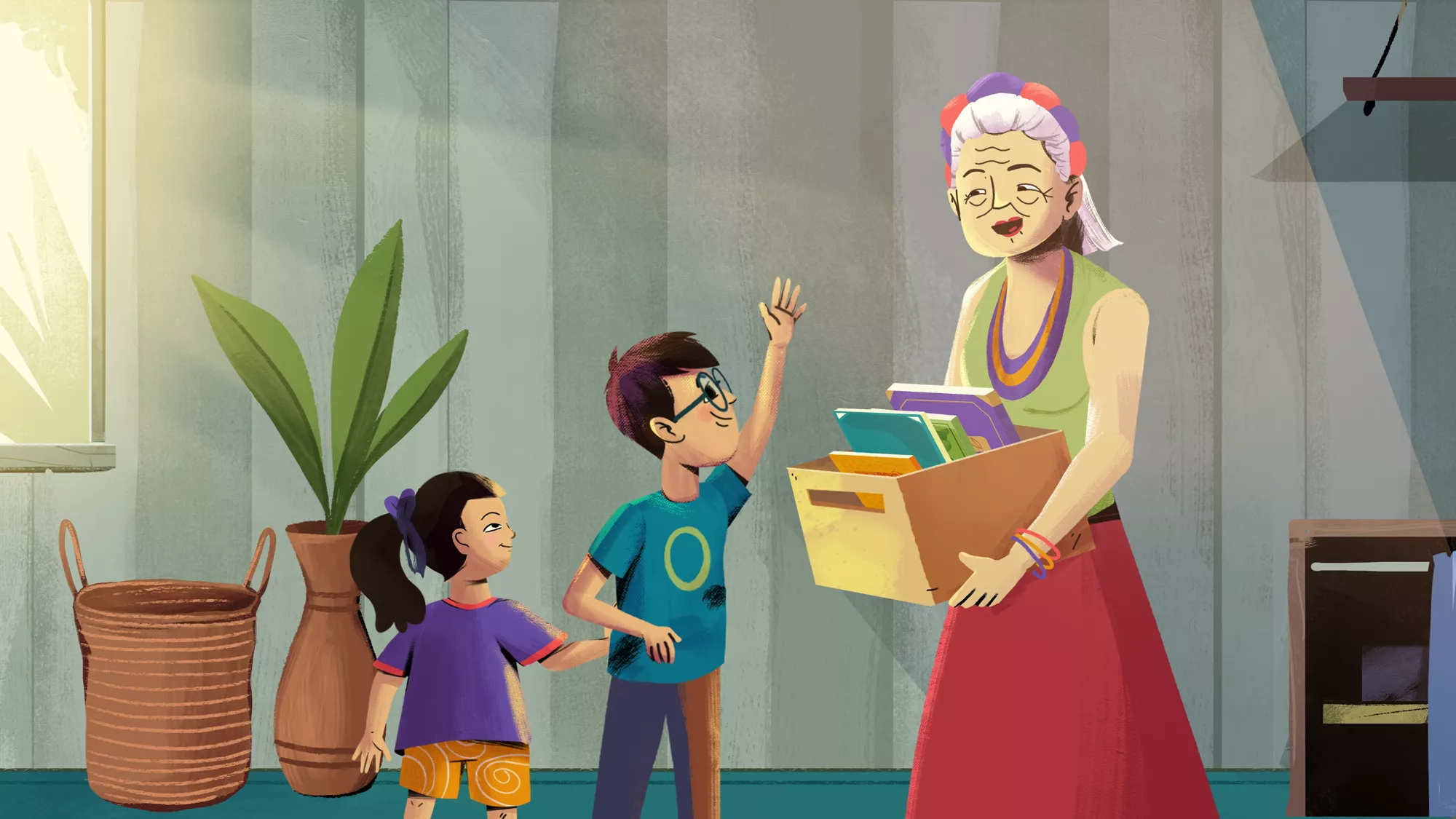

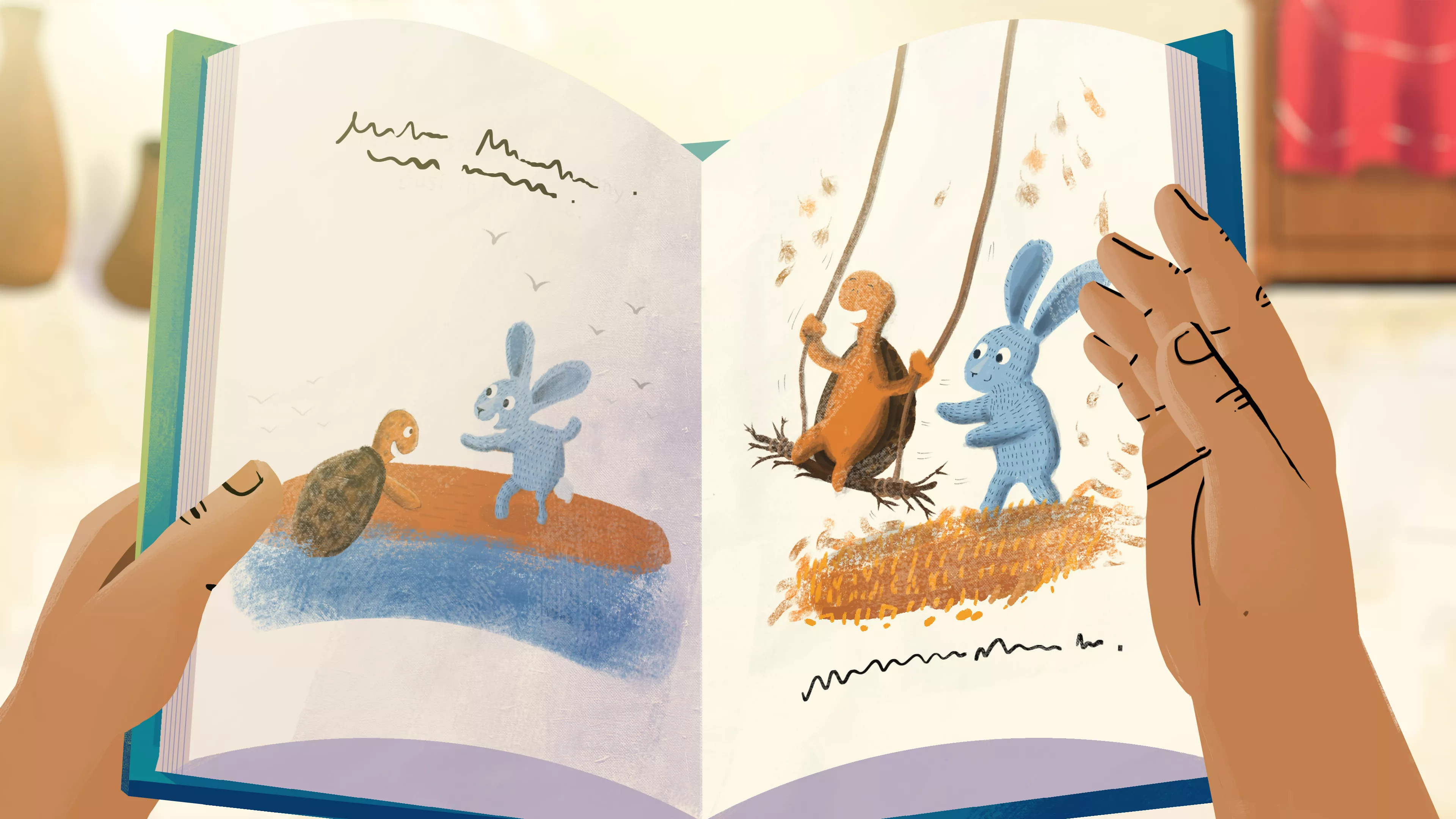



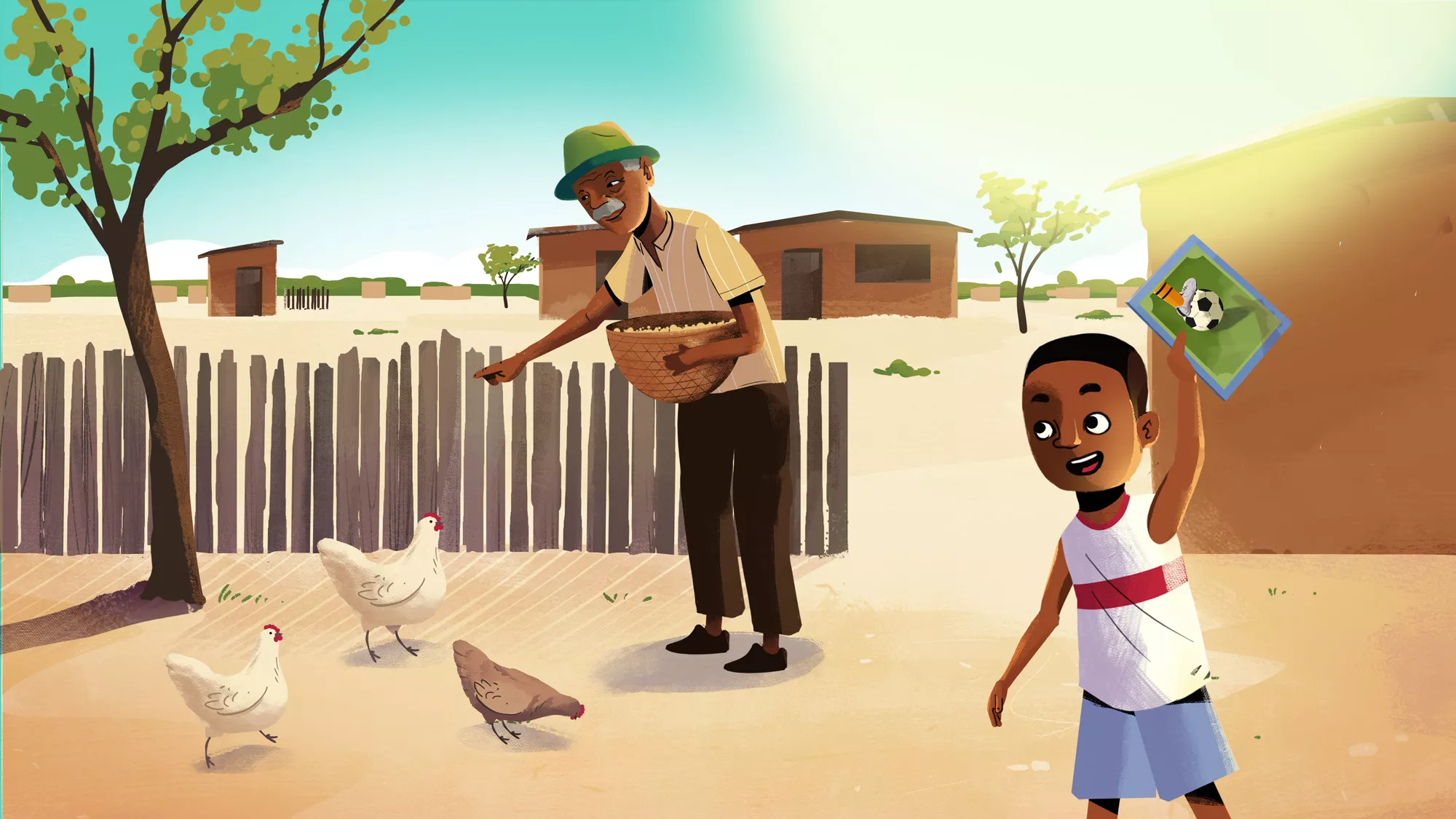

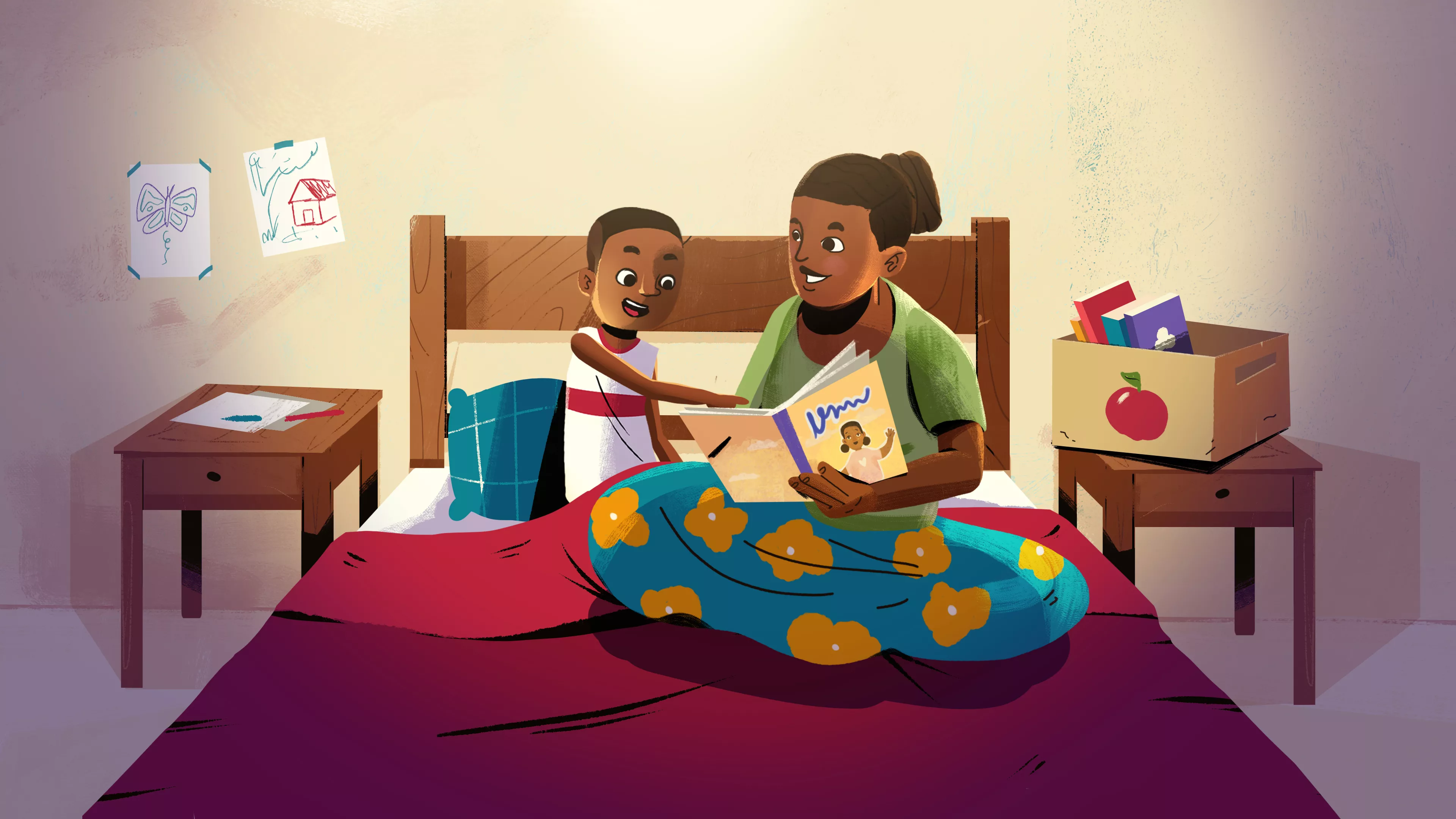

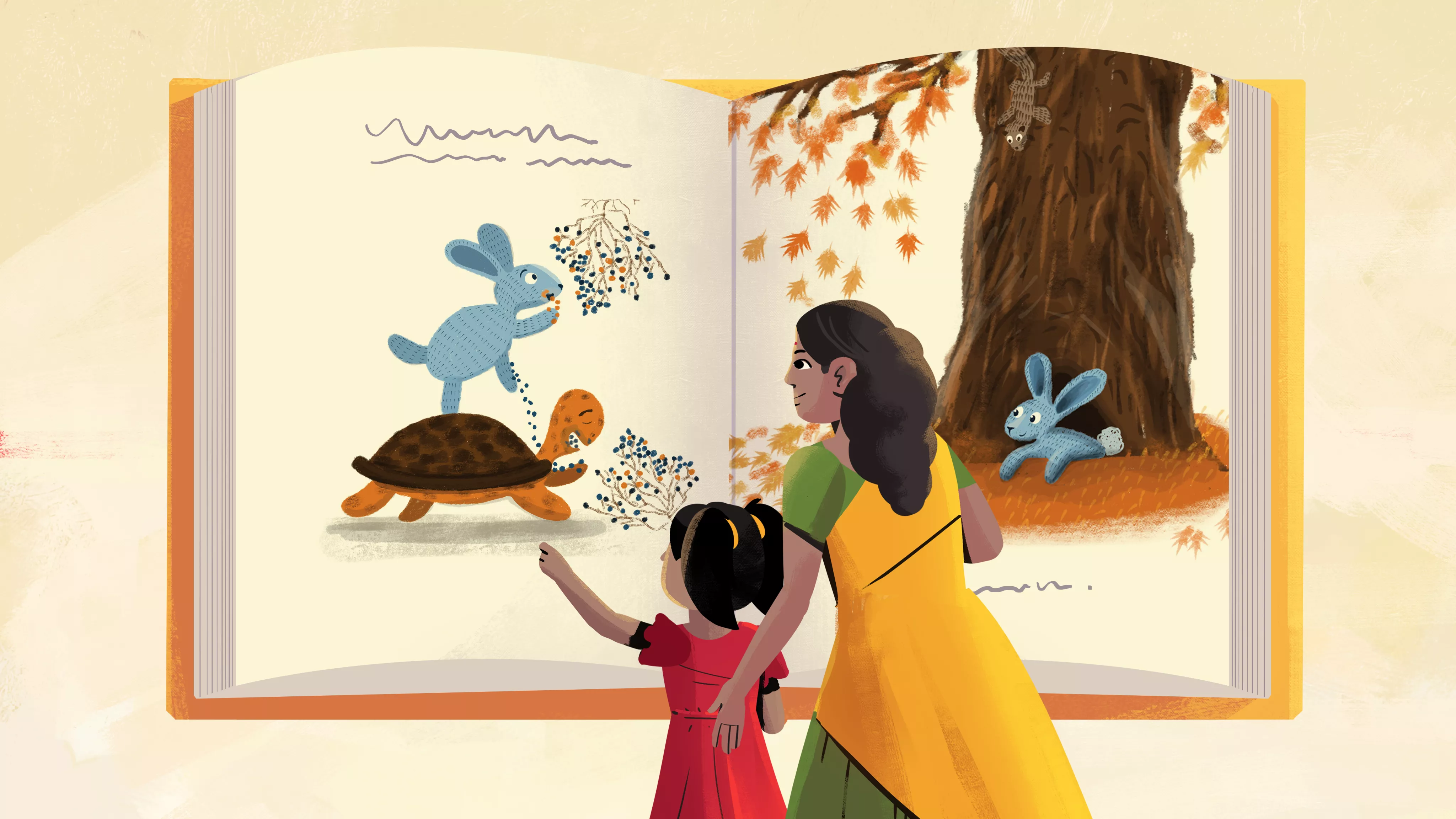

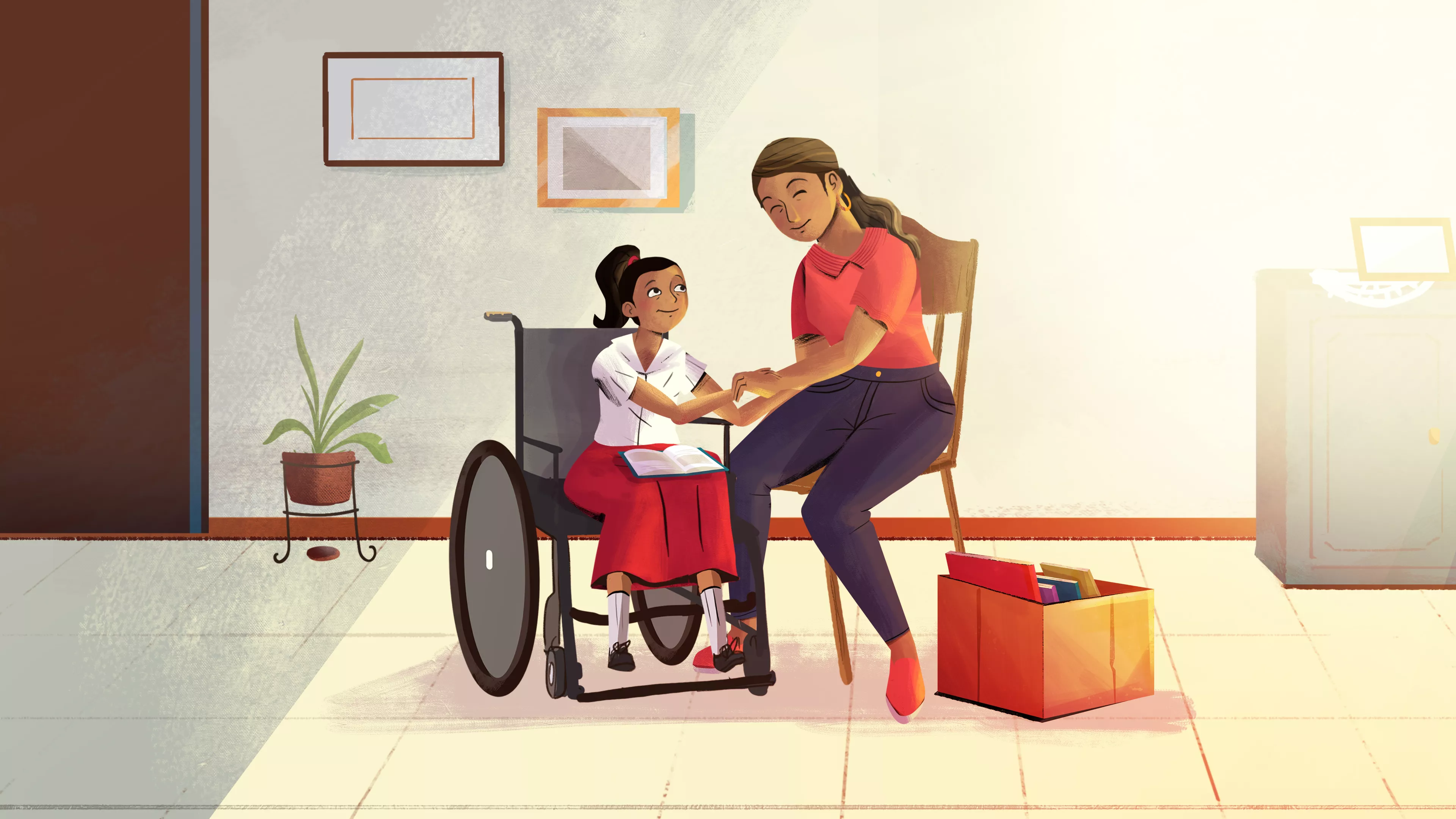

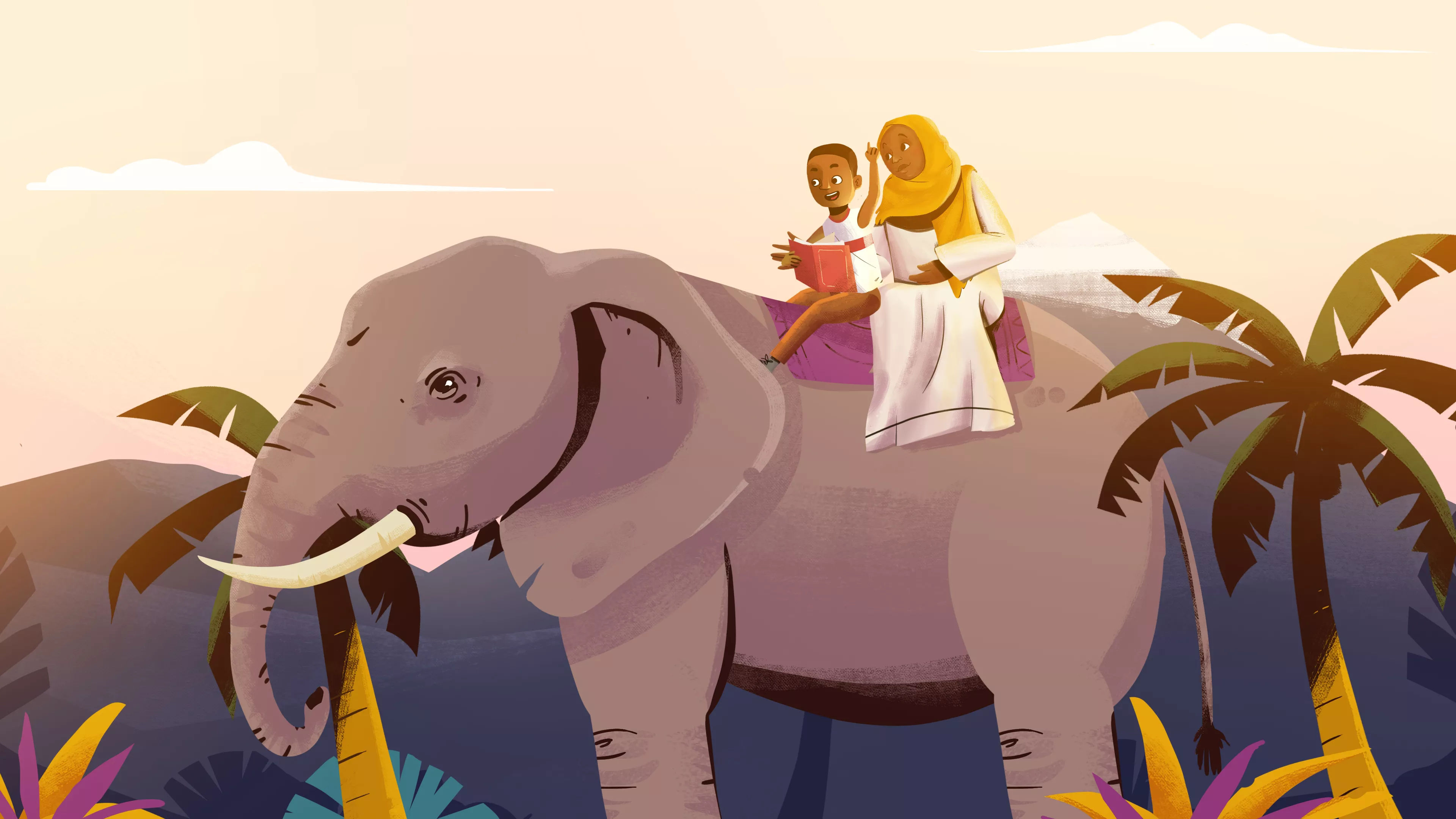

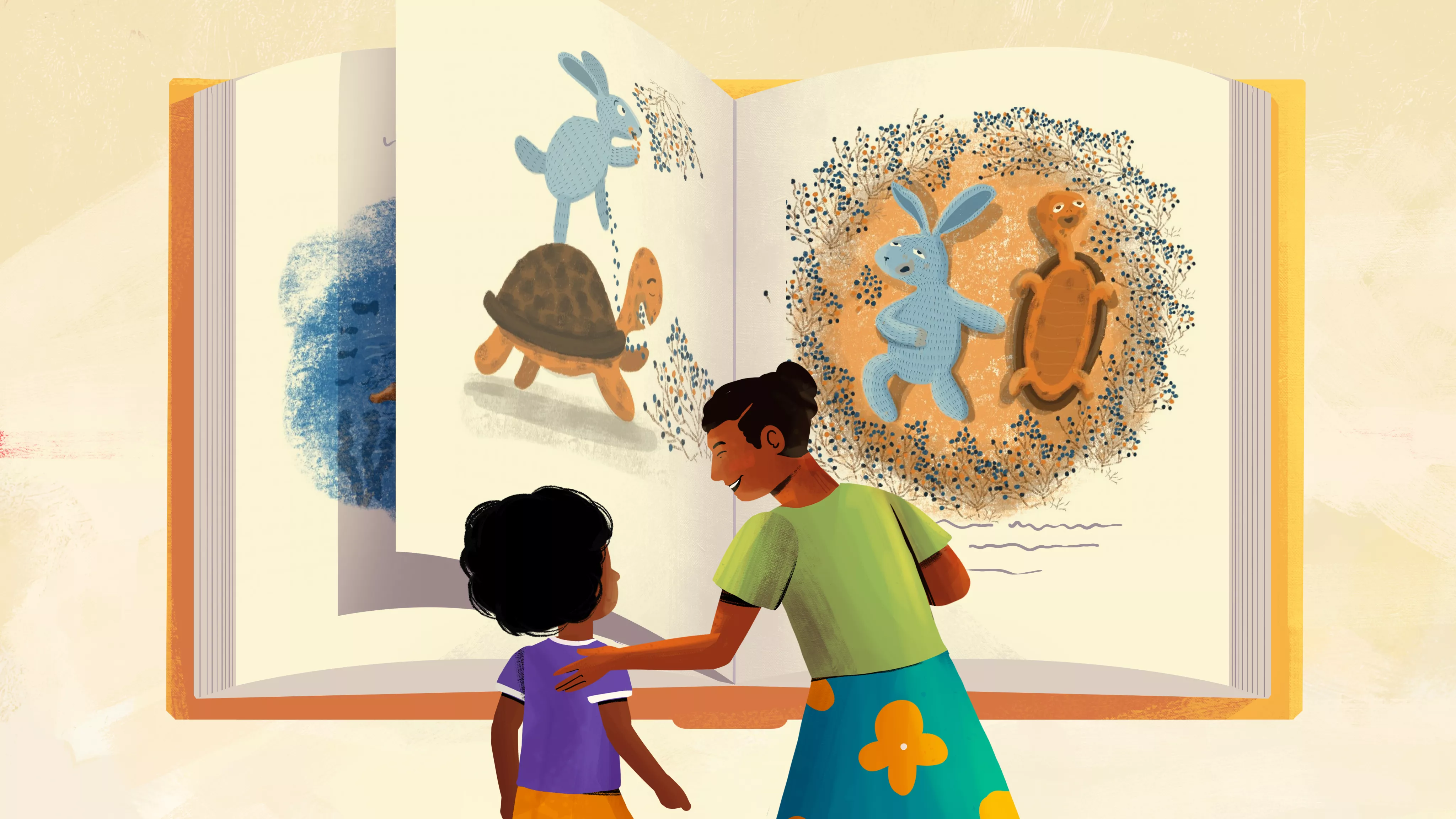

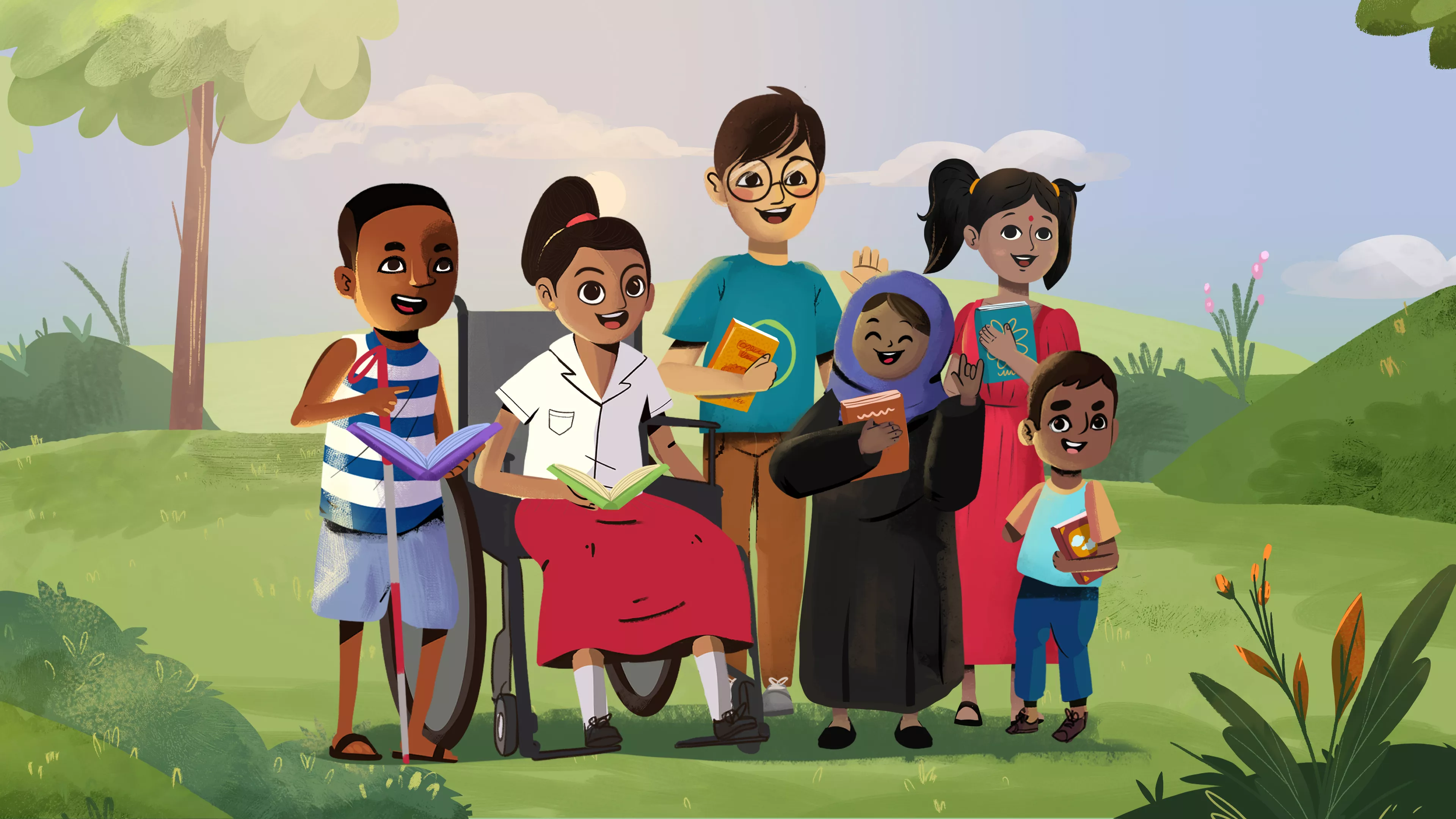

This animation introduces the importance of caregiver involvement in reading activities, and the benefits of books and reading for children’s development and learning.
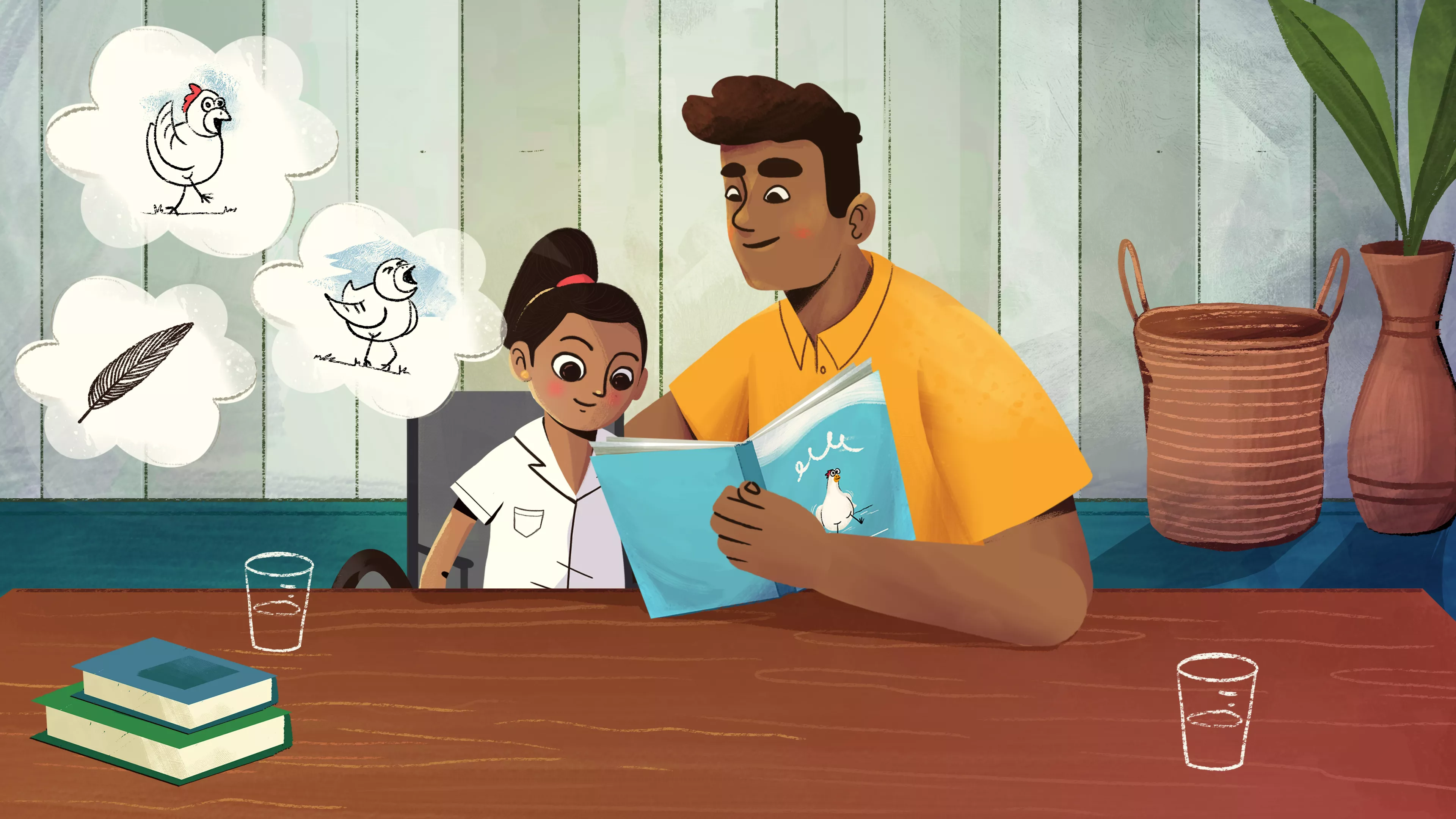

This animation introduces the importance of caregiver involvement in reading activities, and the benefits of books and reading for children’s development and learning.


This animation introduces the importance of caregiver involvement in reading activities, and the benefits of books and reading for children’s development and learning.


This animation introduces the importance of caregiver involvement in reading activities, and the benefits of books and reading for children’s development and learning.


This animation introduces the importance of caregiver involvement in reading activities, and the benefits of books and reading for children’s development and learning.


This animation introduces the importance of caregiver involvement in reading activities, and the benefits of books and reading for children’s development and learning.


This animation introduces the importance of caregiver involvement in reading activities, and the benefits of books and reading for children’s development and learning.


This animation introduces the importance of caregiver involvement in reading activities, and the benefits of books and reading for children’s development and learning.


This animation introduces the importance of caregiver involvement in reading activities, and the benefits of books and reading for children’s development and learning.


This animation introduces the importance of caregiver involvement in reading activities, and the benefits of books and reading for children’s development and learning.


This animation introduces the importance of caregiver involvement in reading activities, and the benefits of books and reading for children’s development and learning.




